June 17, 2025 | 02:24 GMT +7
June 17, 2025 | 02:24 GMT +7
Hotline: 0913.378.918
June 17, 2025 | 02:24 GMT +7
Hotline: 0913.378.918
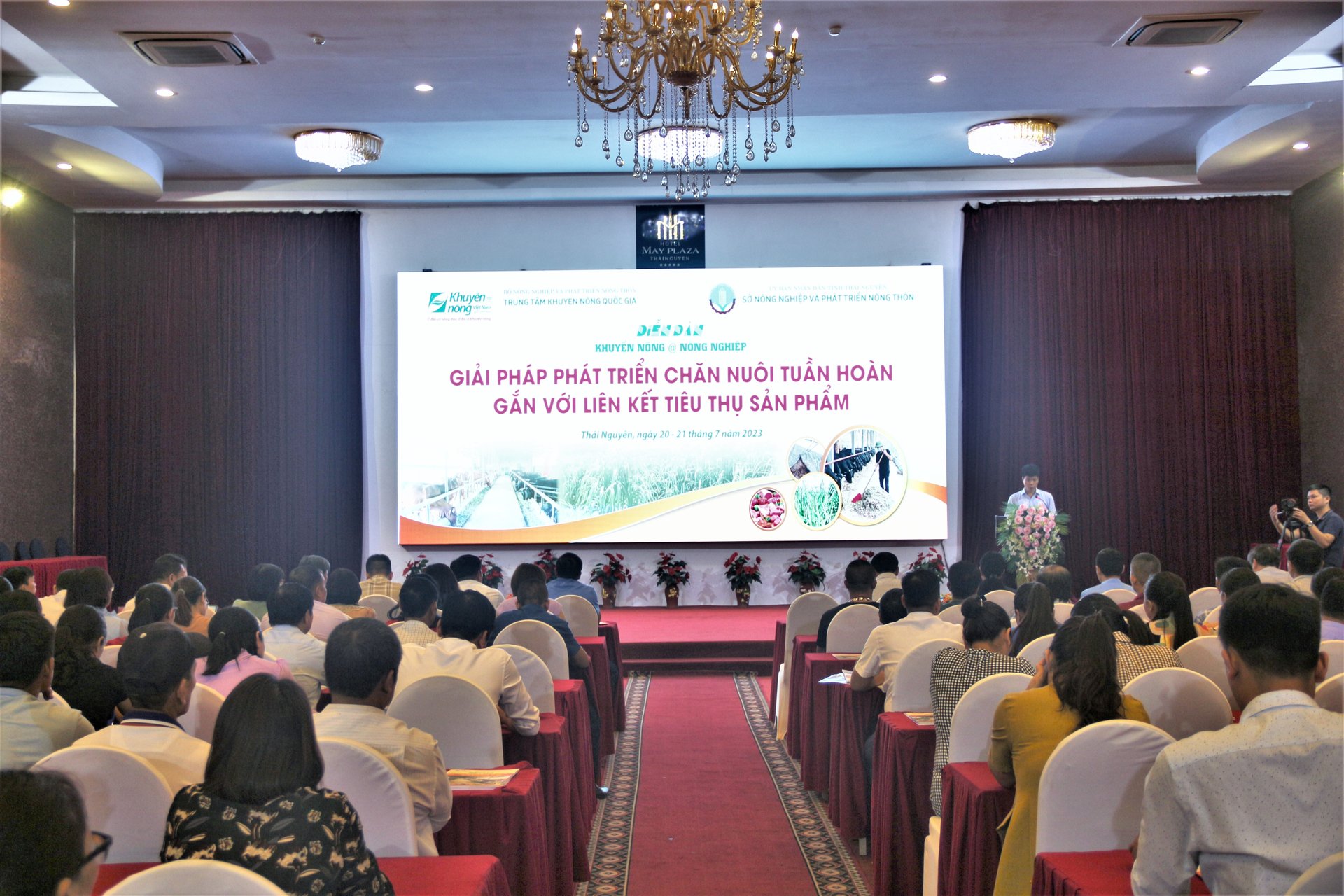
Extension@Agriculture Forum with the topic "Solutions to develop circular livestock in association with product consumption linkage". Photo: Pham Hieu.
On July 21 in Thai Nguyen, the National Agricultural Extension Center (Ministry of Agriculture and Rural Development) organized the Agricultural Extension@Agriculture Forum with the theme "Solutions to develop circular livestock with product consumption linkages".
Developing livestock production in accordance with the circular economy model is the implementation of livestock production types, methods, and technologies associated with reducing input material consumption, limiting output emissions, and optimally treating livestock waste as inputs for agricultural, fishery and forestry industries.
A report from the National Agricultural Extension Center shows that in recent years, the model of applying science and technology in circular animal husbandry in Vietnam has increased the value of agro-products, particularly livestock products, utilizing the output of the livestock industry to create a source of high-quality organic fertilizer for cultivation such as growing grass and planting biomass corn, which will return as feed in cattle raising.
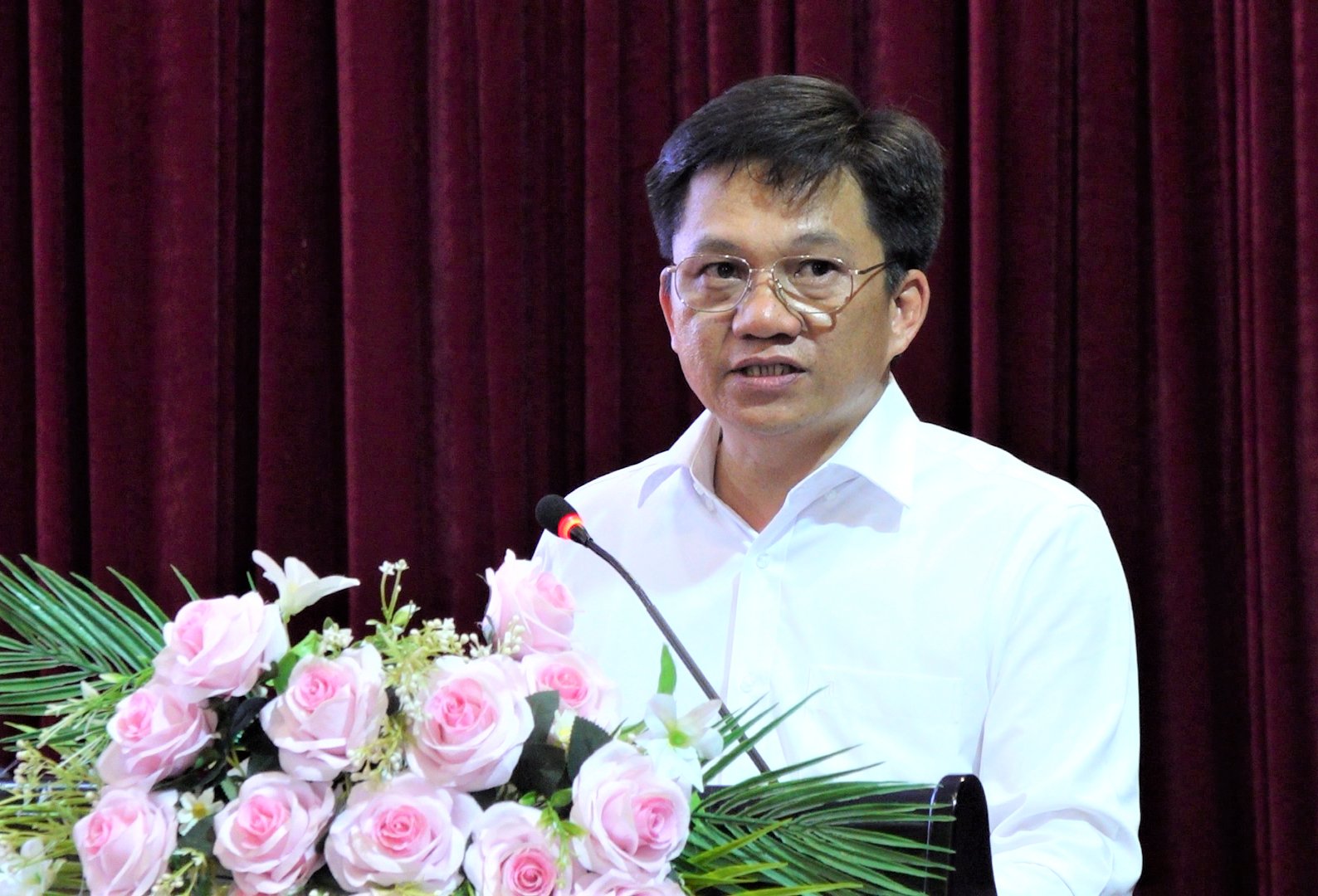
Le Minh Linh, Deputy Director of the National Agricultural Extension Center, spoke at the Forum. Photo: Quang Linh.
Accordingly, the National Agricultural Extension Center has been implementing a number of development models of circular animal husbandry, applying technological advances to use agricultural by-products as a source of benefits to enhance value in agroproduction.
Typically, the pig-raising and organic farming model has been deployed in 6 provinces of Vinh Phuc, Thai Nguyen, Nam Dinh, Quang Binh, Thua Thien Hue, and Dong Nai. Another example is the model of fattening beef cattle and treating the environment by using bio-products. This model is combined with cultivation and is widely implemented in the provinces of Hoa Binh, Vinh Phuc, Nam Dinh, Thai Binh, Hanoi, Yen Bai, Ha Giang, Phu Tho, Bac Giang, and Dien Bien.
The National Agricultural Extension Center assesses that the agricultural extension models for the development of circular animal husbandry have achieved specific results. However, developing circular animal husbandry associated with product consumption links still poses ample difficulties.
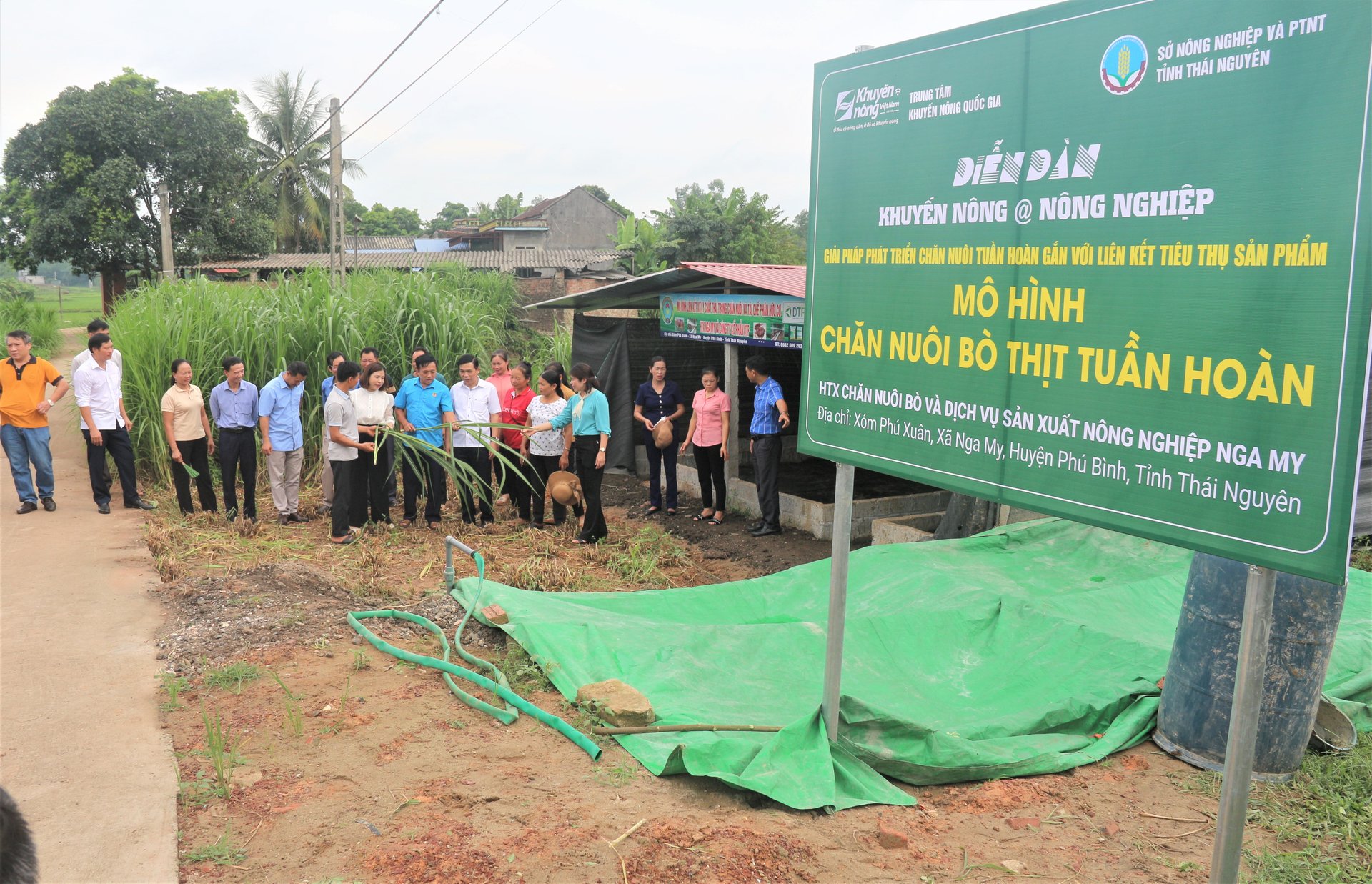
Delegates visit the model of circular beef cattle production. Photo: Pham Hieu.
To be more specific, some localities do not have policies on finance, land, and resource support, so they have not yet developed a circular economy or circular animal husbandry associated with product consumption. In addition, agricultural by-products have not been thoroughly reused in some localities, a lot amount of production waste remains, causing environmental pollution...
Awareness of people and businesses about circular economy development in animal husbandry is insufficient. Many households participating in the model still follow their old habits and experiences which results in limitations when approaching and applying scientific and technical advances.
Some localities have not yet paid attention to circular animal husbandry and product consumption linkage, so the output is still precarious due to the market's influence.
According to Vu Duc Hao, Deputy Director of the Department of Agriculture and Rural Development of Thai Nguyen province, the Extension@Agriculture Forum, under the theme "Solutions to develop recirculating livestock associated with product consumption links", aims to assess the current situation and propose solutions to the development of circular animal husbandry.

Applying science and technology to circular animal husbandry has enhanced the value and increased agricultural products. Photo: Pham Hieu.
The Agricultural Extension Center of Vinh Phuc province aims to develop sustainable and environment-friendly livestock production in recent years, using wastes and by-products as input materials for other production processes through biotechnology, physicochemical technology, and technical measures.
From 2015 to 2023, the province supported livestock farming households to build over 14,000 waste treatment works with biogas tanks, supported biological buffers to treat waste for 6,000 chicken raising households as well as manure presses and tanks.
The animal husbandry process follows a closed cycle, helping waste to be treated and used as raw materials for cultivation and aquaculture, creating safe and high-quality products while minimizing waste and loss in livestock production being released into the environment.

Agricultural by-products should be considered as a source of value to enhance agricultural production. Photo: Pham Hieu.
Over the years, Hanoi city has completed and put into use more than 41,000 biogas systems. According to the program of using biogas according to different technologies for brick and composite construction, there are 4 CDM technology treatment works using HDPE tarpaulin system, contributing to reducing 80-90% of the odor of the barn, minimizing environmental pollution caused by livestock in rural areas, and improving the air quality index.
Dairy farming has 155 biogas systems, accounting for 75% of dairy farms. Beef cattle farming has 278 biogas systems, accounting for 44% of beef farms. Pig farming has more than 1,100 biogas systems, accounting for 95% of pig farms and 34% of chicken farms using environmental treatment products in livestock. Over 70% of livestock production facilities use biogas for daily life (mainly for cooking and cooking), and wastewater and treated waste are used in farming.
"Cooperatives and producers need to base on information and results at the Forum to organize production to achieve the highest efficiency. Also, closely coordinate between the members of the circular production chain and businesses to link, supply inputs and consume products", said Le Minh Linh, Deputy Director of the National Agricultural Extension Center.
Translated by Ha Phuc
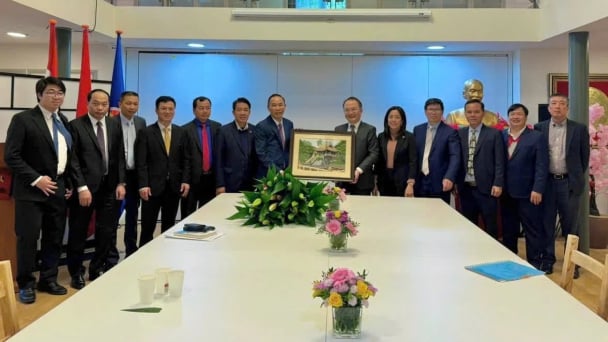
(VAN) The working delegation from the Ministry of Agriculture and Environment conducted an important trip to the Netherlands to strengthen strategic partnerships and sustainable development in the agricultural sector.
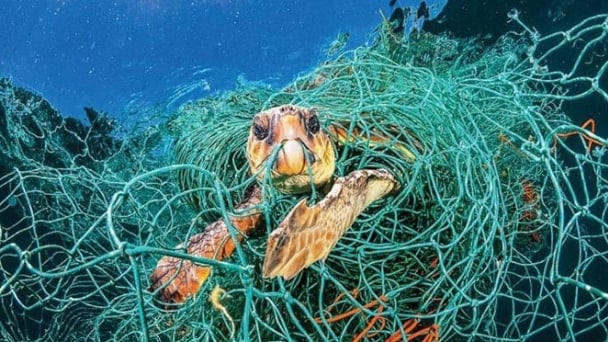
(VAN) The letter ‘A Plea from the Ocean’ not only evokes emotion but also awakens the human conscience to the responsibility of protecting life on Earth.

(VAN) The Department of Agriculture in South Africa has announced the country’s first mass vaccination of poultry to prevent local birds from contracting avian influenza.

(VAN) Establishment of the Mekong Delta Regional Agricultural Linkage Center, aiming for a closed value chain, deep processing, trading platforms, and international market connectivity.

(VAN) Gia Lai province has recently recorded 460 rare species of animals and plants, contributing to forest conservation and biodiversity planning in the region.

(VAN) Ms. Caroline Beresford, New Zealand Ambassador to Vietnam, expressed confidence that agricultural cooperation between Vietnam and New Zealand will develop sustainably, be climate-resilient, and promote gender equality.

(VAN) Vietnam reaffirms its commitment to international cooperation in fostering sustainable and responsible fisheries while ensuring resilient livelihoods for small-scale fishing communities.